How to Ensure Your Indoor Garden Thrives [Tips and Ideas]
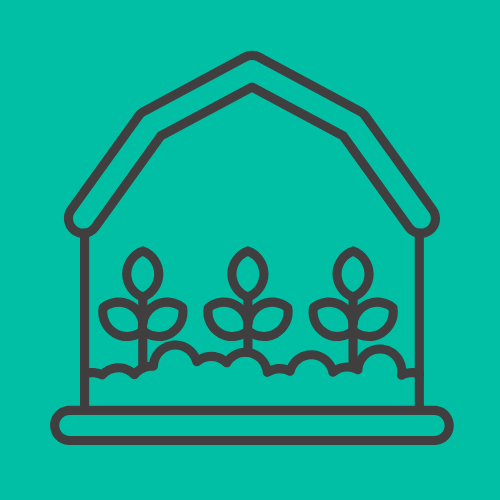
Indoor gardening has surged in popularity, and for good reason. It transforms your living space into a green sanctuary, improves air quality, and even provides a dose of therapy.
But keeping your indoor garden flourishing takes more than just a love of plants—it requires a bit of know-how. Whether you’re nurturing fruits, veggies, pothos, succulents, or a mini herb garden, these tips will help your indoor plants thrive.
Get our Gardening Buddy and find veggies that fit your conditions best.
You Can Grow It!
1. Choose the Right Plants for Your Space
Not all plants are created equal, especially when it comes to indoor living. Start by assessing your home’s natural light, temperature, and humidity levels. Bright, sunny windows are perfect for sun-loving plants like fiddle leaf figs or succulents. On the other hand, low-light areas are ideal for hardy options like snake plants or peace lilies.
Pro Tip: Don’t overstuff your space with plants that require vastly different conditions—it’s like trying to host a beach party and a ski trip in the same room.
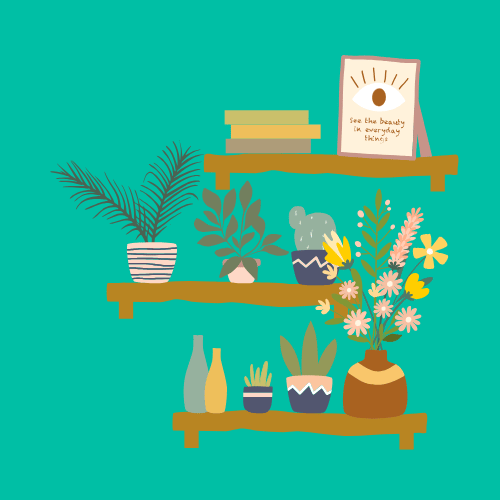
2. Understand Your Light Sources
Light is the lifeblood of plants. If your home lacks natural sunlight, invest in grow lights. These mimic sunlight and are perfect for darker corners.
Position your plants correctly based on their light needs. South-facing windows get the most intense light, while north-facing ones are best for shade-loving plants. Keep experimenting with placement until you find their sweet spot.
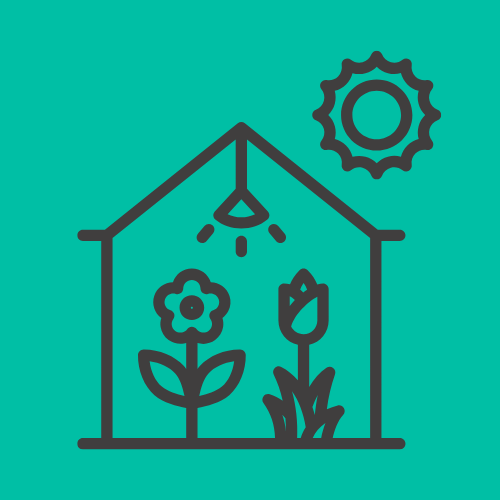
3. Water Indoor Plants Wisely
Overwatering is the quickest way to send your beloved plants to the great compost heap in the sky. Learn the water needs of each plant type and avoid a one-size-fits-all approach.
- Test Before You Pour: Stick your finger an inch into the soil. If it feels dry, it’s time to water.
- Drainage Matters: Always use pots with drainage holes to prevent root rot. If your pot doesn’t have one, use a well-draining soil mix to compensate.
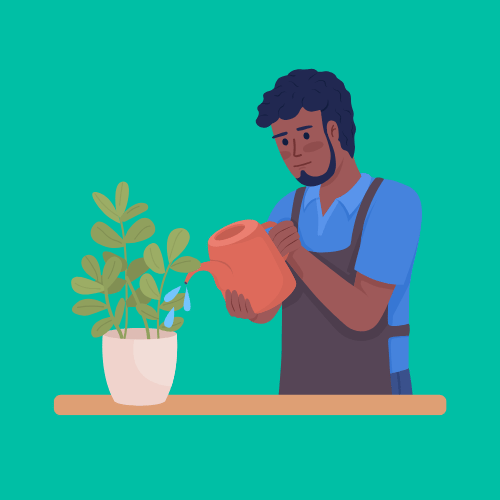
4. Create the Perfect Humidity Levels for your Indoor Plants
Indoor environments, especially during winter, can be desert-like for plants. Many tropical plants, like ferns or calatheas, crave higher humidity.
- Use a Humidifier: This is a game-changer for plant health.
- Misting Isn’t Magic: While misting may temporarily boost humidity, it’s not a long-term solution.
- Group Plants Together: Plants release moisture into the air, so clustering them can naturally increase humidity.
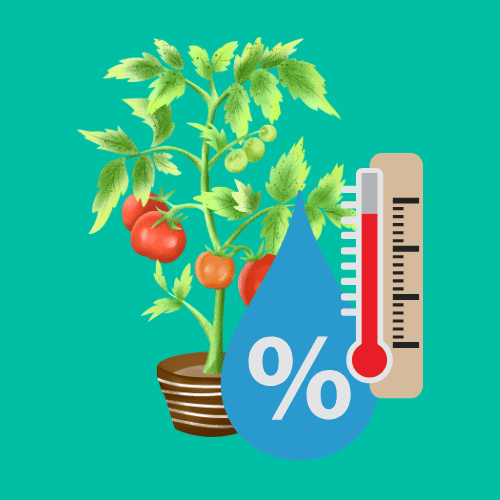
5. Feed Your Indoor Plants Right
Just like us, plants need food. Fertilizer provides essential nutrients that soil alone might not deliver, especially for potted plants.
- Seasonal Feeding: Feed your plants every two weeks during their active growing seasons (spring and summer). Cut back during fall and winter when growth slows.
- Go Organic: Use natural fertilizers for a chemical-free boost. Worm castings or compost tea can work wonders.

6. Prune and Repot Your Plants Regularly
Pruning isn’t just for aesthetics; it promotes growth and prevents disease. Snip off yellowing leaves or any areas showing signs of pests or damage.
Repot your plants every one to two years, depending on their growth. Fresh soil provides nutrients, and a larger pot gives roots room to spread.
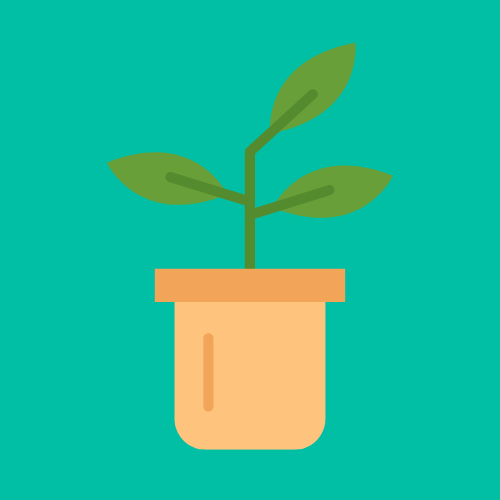
7. Keep Pests away from your Indoor Garden
Pests are an indoor gardener’s nightmare. Keep a close eye on your plants for signs of infestation like sticky leaves, webbing, or unusual discoloration.
- Natural Remedies: Neem oil or insecticidal soap can help without harming your plants.
- Quarantine New Plants: Keep new additions separate for a few weeks to prevent any unwanted guests from spreading.
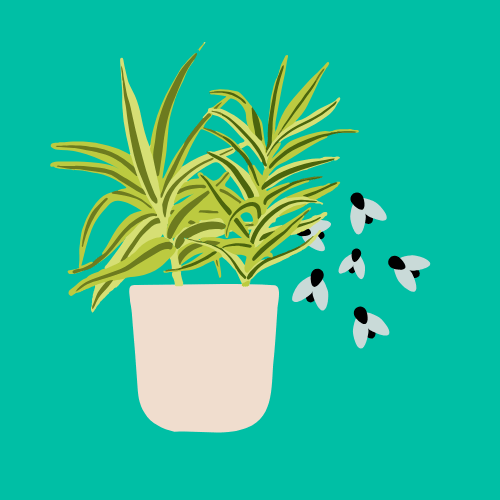
8. Rotate and Refresh Your Indoor Plants
Plants tend to grow toward their light source. Rotate them every few weeks to ensure even growth and prevent them from becoming lopsided.
Dust can block light from reaching leaves, so clean them gently with a damp cloth. Your plants will thank you by looking their best.
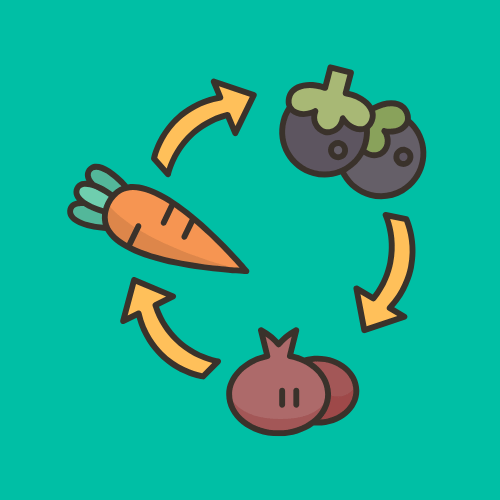
9. Be Patient and Observant
Gardening is as much about patience as it is about technique. Each plant has its own personality and needs time to adjust to its environment. Pay attention to their behavior—droopy leaves, yellowing, or slow growth often signal a problem that’s easy to fix with small adjustments.

Find the Vegetables that are Best for you
Indoor gardening is a rewarding journey. By choosing the right plants, tailoring their care, and staying proactive, you’ll create a thriving green oasis that’s as good for your soul as it is for your home. Remember, a little effort goes a long way—and soon, you’ll be the go-to plant whisperer among your friends.
Now, grab those gardening gloves and start growing! 🌱
Get our Gardening Buddy and find veggies that fit your conditions best.
You Can Grow It!
Partners and Sponsors
We are forever grateful to our partners and sponsors. Send an email to team @ strongecho.com and let’s see how we can grow each other’s impact!





